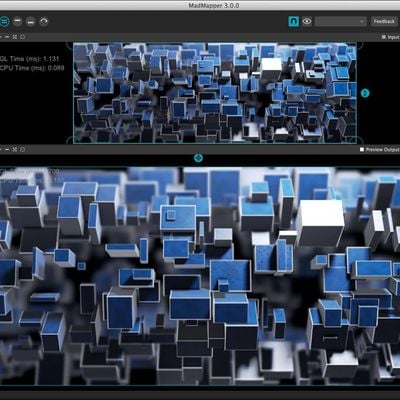

Once you are ready to choose whether X matches A or B, you use cues in either the fourth or fifth column to make your choice. It also records this choice, so you can play the same option again by clicking on the same X cue again. The first time you click a cue in the X column, the workspace randomly chooses either A or B from the same row and plays it. The third column, the orange one, is the unknown or “X” option. You can use the red Stop All button in the lower right of the cart to stop all cues that are currently playing. The second column lets you observe option B. The first column lets you observe option A. In the Test Panel, the first four rows are each a trial. The workspace will open showing a cart called the Test Panel, which you’ll use to make your observations. The reason for this is that a scale other than 100% might introduce a difference between the images, or hide a difference that might otherwise be visible. For the video test, open the workspace and then open the Audition Window (found under the Window menu, or by using the keyboard shortcut ⇧⌘A) and be sure that the scale is set to 100%.
#Qlab software comparison Patch#
To get started with the audio test, open the workspace, go to Workspace Settings → Audio, and set Patch 1 to use the audio device of your choosing. The objective of this test is to determine whether a given level of image compression produces visible artifacts when compared to a different level of compression. The video test has four comparisons of PNG file which use various levels of JPEG compression. John wrote about his test on his blog, with a link to his conclusions at the bottom. John’s test, features recordings that he made of a Yamaha Disklavier, examines the audible differences introduced by the use of star-quad microphone cable versus standard twisted-pair XLR cable. BaiLin wrote about his test and his conclusions based upon it on his blog. The audio test uses recordings from two A/B X tests conducted by John Huntington and Boaz BaiLin He at the New York City College of Technology.īaiLin’s test, which features a recording of Howard Rappaport performing an original composition, examines the audible differences introduced by the microphone preamps on two very differently-priced audio consoles. There are two downloadable examples one which demonstrates testing audio, and one which demonstrates video. The workspace here modifies the approach a bit, allowing the user to control the listening or viewing time of A, B, and X allowing repeat listening or viewing before making a decision and of course welcoming all people to be observers, not just ‘he’-identifying folks. For a threshold test, the A interval is quiet, the B interval is signal, and the X interval is either quiet or signal.

His task is to indicate whether the sound heard during the X interval was more like that during the A interval or more like that during the B interval. During the first time interval he hears signal A, during the second, signal B, and finally signal X. An observer is presented with a time sequence of three signals for each judgment he is asked to make. The procedure, which we have called the “ABX” test, is a modification of the method of paired comparisons. The purpose of the present paper is to describe a test procedure which has shown promise in this direction and to give descriptions of equipment which have been found helpful in minimizing the variability of the test results. Gardener’s paper Standardizing Auditory Testing: A/B X testing was developed in the 1950s at Bell Labs and was documented in W.A. It’s important to understand that the goal of A/B X testing is not to determine whether either sample is “better” than the other, only whether there is an audible, or visible, difference between the two samples. This chapter demonstrates a method of using QLab to perform A/B X testing, which investigates whether there is an observable difference between two given samples.


 0 kommentar(er)
0 kommentar(er)
